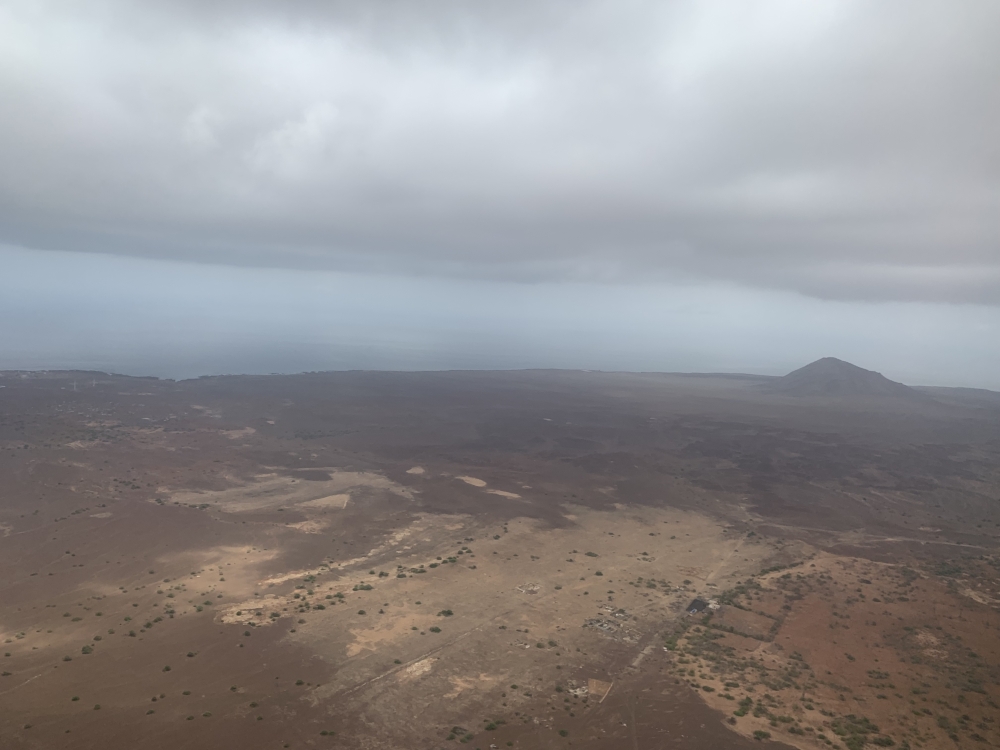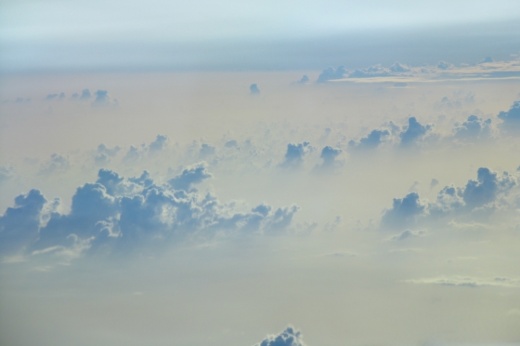Long story short
Jason Dunion, weather expert with the National Oceanic and Atmospheric Administration, said this round of dust will subside between July 8-9; however, a heavier dust storm is on its way and expected to reach the Austin area the week of July 10.

What to expect
Dr. Hetu Parekh, an allergist for Austin Regional Clinic, said the dust can wreak havoc on many people—especially those affected by asthma or other respiratory conditions.
"Specific symptoms include the same symptoms you would see with an allergy or asthma attack: itchy, red, watery, irritated, swollen eyes and/or runny nose, nasal congestion, sneezing, postnasal drip and sinus pressure," Parekh said. "If you suffer from asthma you may feel chest tightness, shortness of breath, coughing and wheezing, Sometimes these things can turn into a secondary bacterial infection, such as sinusitis, bronchitis or pneumonia."
To help alleviate some of the symptoms, Parekh suggested taking over-the-counter allergy eye drops, nasal saline spray to clear the nasal passages, followed by intranasal steroid spray such as Flonase, Rhinocort or Nasacort. For those who are heavily congested, he suggested using Afrin for no more than three days as it can be habit-forming. He also suggested those with asthma to maintain their regular maintenance inhalers and use Albuterol as needed.
Parekh said prevention is always the best way to not have symptoms.
"So, to that effect, you don't need to go outside—especially with all the excessive heat warnings. Just stay inside. If you do have to go outside, wear a mask and sunglasses," he said.
Zooming in
The Saharan Air Layer is a mass of dry, dusty air that forms over the Sahara Desert during the late spring and summer, and travels in rounds over the tropical North Atlantic Ocean every three to five days, Dunion said, adding that each round is usually accompanied by thunderstorms.
"This can make for some very hot and humid days in Texas—even though there might be dry Saharan air about 1 mile overhead, it is usually still very humid and sticky down at the surface," Dunion said.
Zooming out
The cycle of Saharan dust traveling to Central Texas is nothing new, Dunion said. In fact, it is likely it has been happening for thousands of years.
"What’s very interesting is the rhythmic ramp-up of Saharan dust outbreaks in the spring and ramp-down around mid-August that we see each year," Dunion said. "Mother Nature is like clockwork."

Learn more
Dunion said NOAA flew its first-ever Hurricane Hunter missions from the Cabo Verde islands in Africa in the summer of 2022, with plans to go again sometime in the summer of 2023.
"The goal of these missions is to improve forecasts of tropical cyclone genesis and to improve our understanding of of the phenomenon and how the Saharan Air Layer can suppress the formation and intensity of storms," Dunion said.
NOAA's missions in the far eastern Atlantic Ocean are important as the research takes place in what is called the "hurricane nursery" over Africa, he said. More than half the named storms and about 80%-85% of the major hurricanes seen in the Atlantic Ocean each year come from this nursery, he said.





